We go where the need is greatest to deliver meaningful solutions
We strive to develop and commercialize first- and best-in-class therapies that serve patient communities where the need is greatest. Our most advanced programs are in pulmonary and inflammatory conditions.
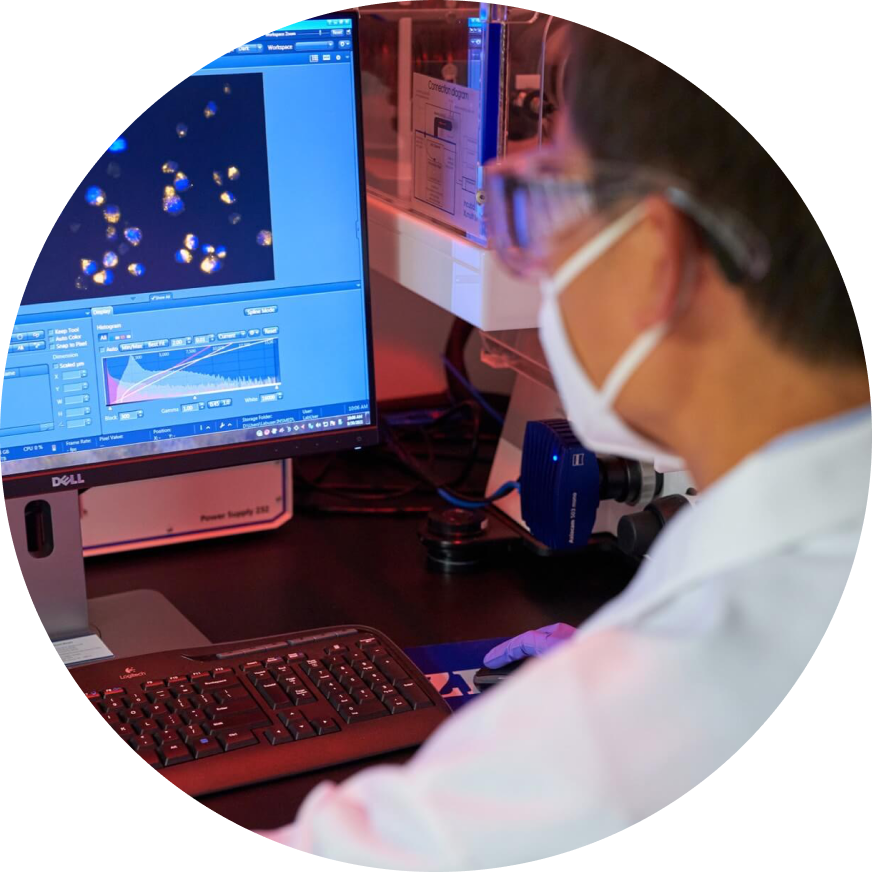
Nontuberculous Mycobacterial (NTM) Lung Disease
Nontuberculous mycobacterial (NTM) lung disease is a rare and serious disorder most commonly caused by a group of bacteria in the environment called Mycobacterium avium complex (MAC).1 Patients with NTM lung disease caused by MAC can experience a range of symptoms that often worsen over time, including chronic cough, dyspnea, fatigue, fever, weight loss, and chest pain. In some cases, the disease can cause severe, even permanent damage to the lungs, and can be fatal.
People who have underlying conditions such as bronchiectasis, COPD, and asthma are at greater risk of getting NTM lung disease.2,3,4
Find additional information and resources about NTM lung disease.
Bronchiectasis
Bronchiectasis is a chronic pulmonary disorder in which the airways, or bronchi, become permanently dilated due to a vicious cycle of inflammation and complications from prior infections.5,6 Bronchiectasis is marked by frequent pulmonary exacerbations requiring antibiotic therapy and/or hospitalizations. Symptoms include chronic cough, excessive sputum production, shortness of breath, and repeated respiratory infections, which can worsen the underlying condition.5,6
There is a high overlap in patients with NTM lung disease and patients with bronchiectasis.6 Today, no therapies are approved specifically for the treatment of bronchiectasis in the U.S., EU, or Japan.
Find additional information and resources about Bronchiectasis.
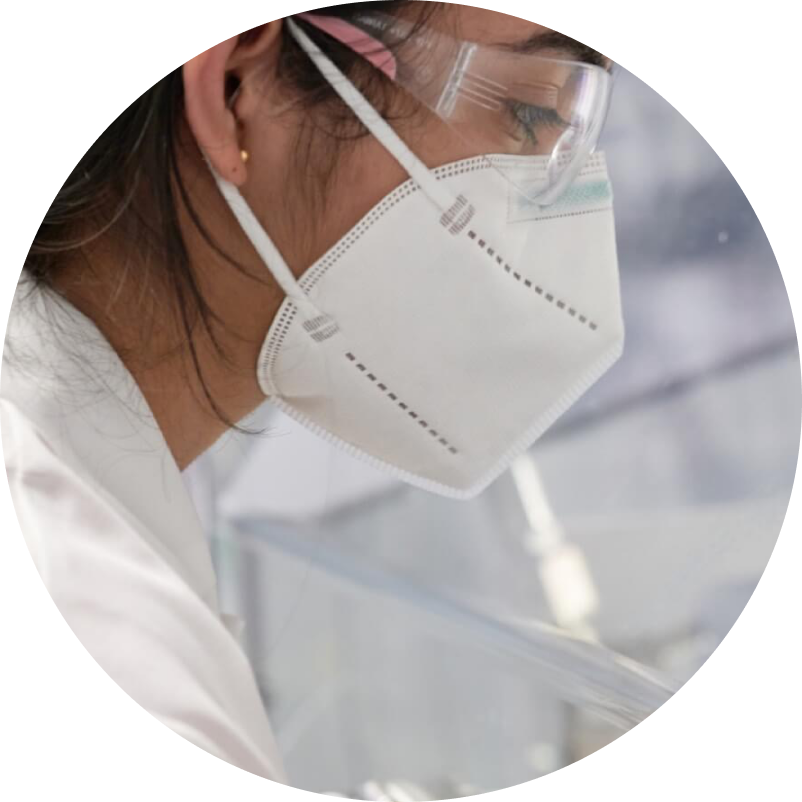
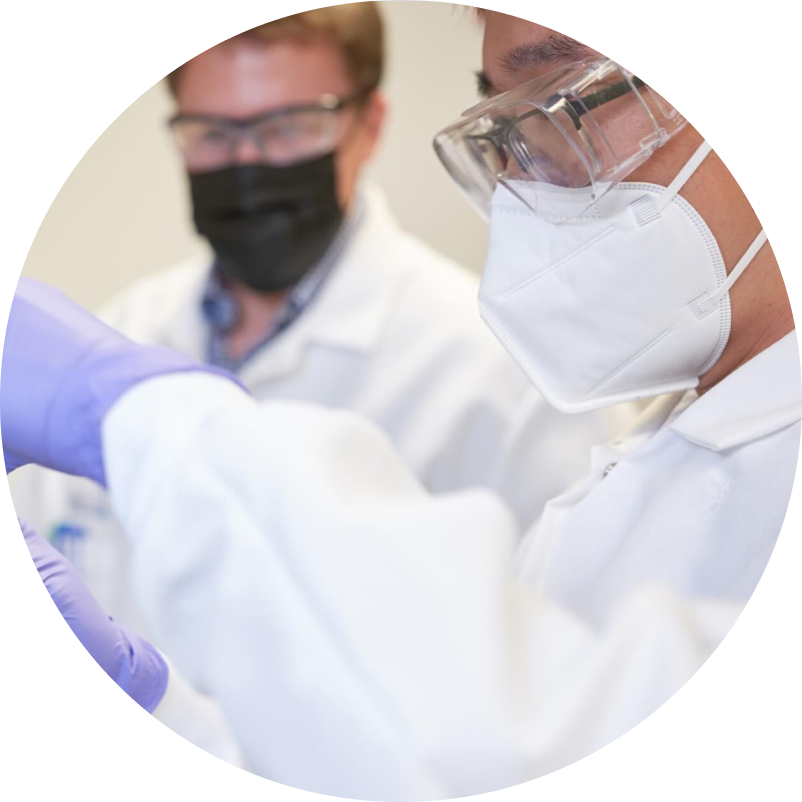
Chronic Rhinosinusitis without Nasal Polyps
Chronic rhinosinusitis without nasal polyps (CRSsNP) is a chronic inflammatory process of the mucus membranes inside the sinuses. The most frequent symptoms include nasal obstruction, decreased sense of smell, and facial pain.7
Currently, available treatment options for patients with CRSsNP include corticosteroids, nasal irrigation, antibiotics, and/or endoscopic surgical procedures.
Hidradenitis Suppurativa
Hidradenitis suppurativa (HS) is a chronic and progressive inflammatory disorder, characterized by the formation of painful, swollen lumps, or lesions, in areas such as the armpits, groin, and skin folds.8 Beginning in the hair follicles, these lesions are often slow to heal, recur, and can lead to tunnels under the skin and scarring. Although the cause of the disease is unknown, HS typically begins around puberty and is more common in women and African Americans.9

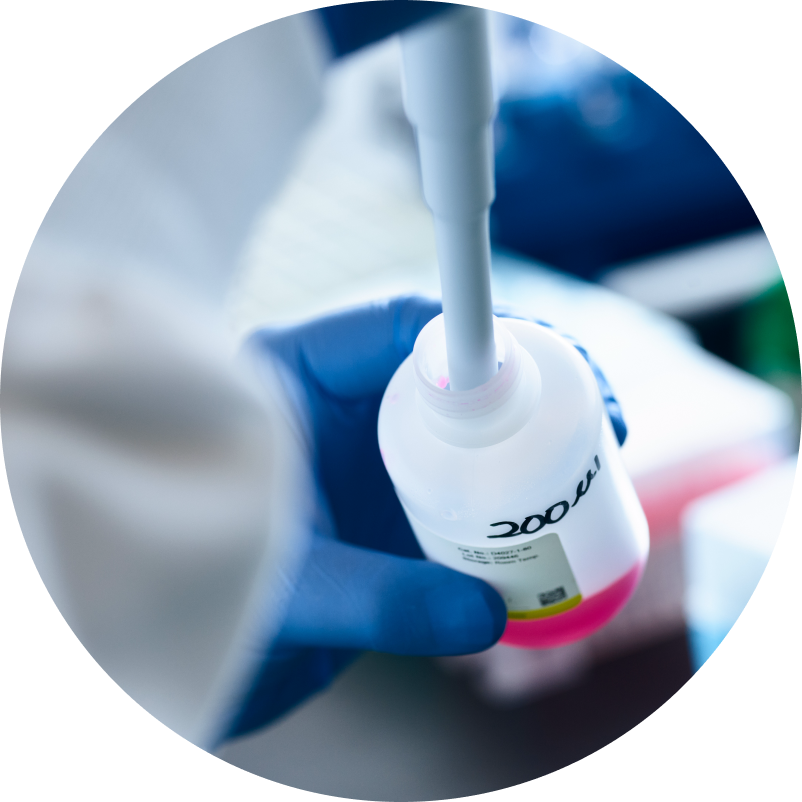
Pulmonary Hypertension associated with Interstitial Lung Disease
Interstitial lung diseases (ILD) are a large group of lung conditions where scar tissue or fibrosis develops diffusely throughout both lungs. Pulmonary hypertension (PH), or high blood pressure in the lungs, is a common and significant complication of ILD that further impairs breathing, exercise capacity, and quality of life.10,11 Common symptoms of PH-ILD include shortness of breath with physical activity that gradually worsens over time, chest pain, fainting episodes, difficulty breathing when lying flat, and swelling of the ankles.12
Survival in patients with PH-ILD is worse than those with ILD without PH, and additional therapies are urgently needed.
Pulmonary Arterial Hypertension
Pulmonary arterial hypertension (PAH) is a serious, progressive, rare disease involving high blood pressure in the pulmonary arteries, which carry blood from the heart to the lungs.13 The cause of PAH is often unknown, but it can be inherited, caused by certain drugs or toxins, or caused by conditions such as connective tissue disease, HIV infection, liver disease, congenital heart disease, sickle cell disease, schistosomiasis, or sequelae to thromboembolic events.14 The most common symptoms include shortness of breath, chest pain, dizziness or fainting, fatigue, and weakness.15 Untreated, PAH can be debilitating, and often fatal.16,17
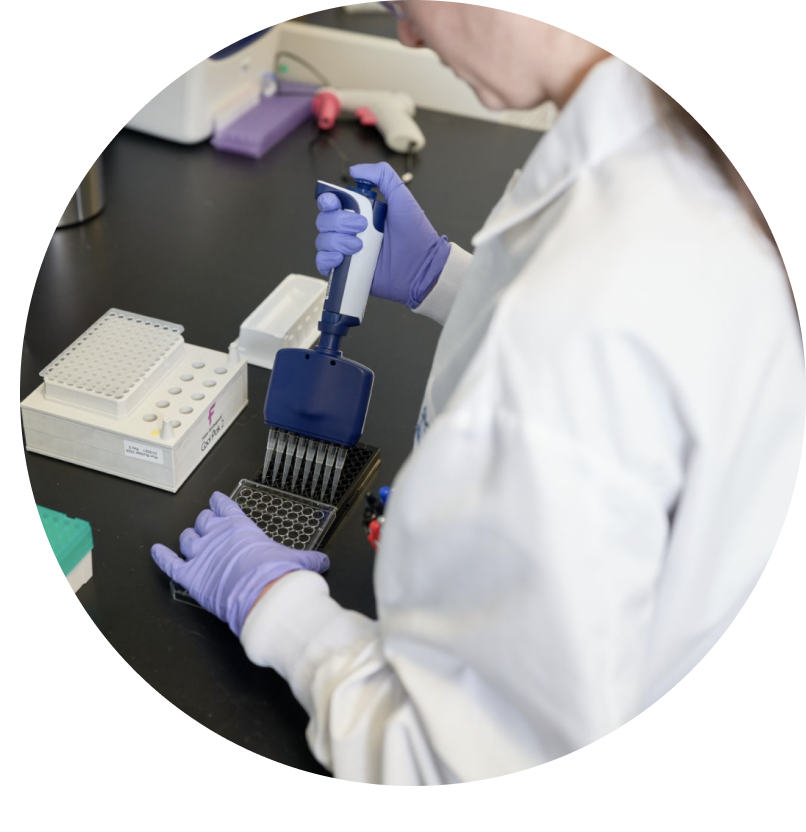

Learn more about our fearless approach to research and development
References
- Adjemian J, Prevots DR, Gallagher J, Heap K, Gupta R, Griffith D. Lack of adherence to evidence-based treatment guidelines for nontuberculous mycobacterial lung disease. Ann Am Thorac Soc. 2014;11(1):9-16.
- Mirsaeidi M, Hadid W, Ericsoussi B, Rodgers D, Sadikot RT. Non-tuberculous mycobacterial disease is common in patients with non-cystic fibrosis bronchiectasis. Int J Infect Dis.2013;17(11):e1000-e1004.
- Andréjak C, Nielsen R, Thomsen VØ, Duhaut P, Sørensen HT, Thomsen RW. Chronic respiratory disease, inhaled corticosteroids and risk of non-tuberculous mycobacteriosis. Thorax. 2013;68(3):256-262.
- Fritscher LG, Marras TK, Bradi AC, Fritscher CC, Balter MS, Chapman KR. Nontuberculous mycobacterial infection as a cause of difficult-to-control asthma: a case-control study. Chest. 2011;139(1):23-27.
- Prevalence and incidence of noncystic fibrosis bronchiectasis among US adults in 2013 (Weycker). https://www.ncbi.nlm.nih.gov/pubmed/28555504. Accessed December 2020.
- Advances in bronchiectasis: endotyping, genetics, microbiome, and disease heterogeneity (Flume). https://www.ncbi.nlm.nih.gov/pubmed/30215383. Accessed December 2020.
- Cho SH, Kim DW, Gevaert P. Chronic Rhinosinusitis without Nasal Polyps. J Allergy Clin Immunol Pract. 2016;4(4):575–582.
- Phan K, Charlton O, Smith SD. Global Prevalence of Hidradenitis Suppurative and Geographical Variation—Systematic Review and Meta-Analysis. Phan et al. Biomedical Dermatology (2020) 4:2.
- National Institute of Arthritis and Musculoskeletal and Skin Diseases. Hidradenitis Suppurativa (HS). https://www.niams.nih.gov/health-topics/hidradenitis-suppurativa-hs. Accessed February 2025.
- American Lung Association. Interstitial Lung Disease. https://www.lung.org/lung-health-diseases/lung-disease-lookup/interstitial-lung-disease. Accessed January 2021.
- Caminati A. Pulmonary hypertension in chronic interstitial lung diseases. European Respiratory Review 2013 22: 292-301 https://err.ersjournals.com/content/22/129/292. Accessed January 2021
- University of California San Francisco Health. Pulmonary Hypertension and Interstitial Lung Disease. https://www.ucsfhealth.org/education/pulmonary-hypertension-and-interstitial-lung-disease. Accessed December 2022.
- Pulmonary Hypertension Association. About Pulmonary Hypertension (PH) and Pulmonary Arterial Hypertension (PAH). http://www.ourphlibrary.com/module1-about-pah/what-is-pah. Accessed January 2021.
- American Heart Association. Pulmonary Hypertension – High Blood Pressure in the Heart-to-Lung System. https://www.heart.org/en/health-topics/high-blood-pressure/the-facts-about-high-blood-pressure/pulmonary-hypertension-high-blood-pressure-in-the-heart-to-lung-system. Accessed February 2019.
- Rare Disease Report. Rare Disease Quick Facts – Pulmonary Arterial Hypertension (PAH). https://www.raredr.com/news/rare-disease-quick-facts-pah. Accessed February 2019.
- Klinger JR, Elliott CG, Levine DJ, Bossone E, Duvall L, Fagan K, Frantsve-Hawley J, Kawut SM, Ryan JJ, Rosenzweig EB, Sederstrom N, Steen, VD, Badesch DB. Therapy for Pulmonary Arterial Hypertension in Adults: Update of the CHEST Guideline and Expert Panel Report. Chest. 2019;155(3):565-586.
- Delcroix M, Howard L. Pulmonary arterial hypertension: the burden of disease and impact on quality of life. Eur Respir Rev. 2015;24:621-629.
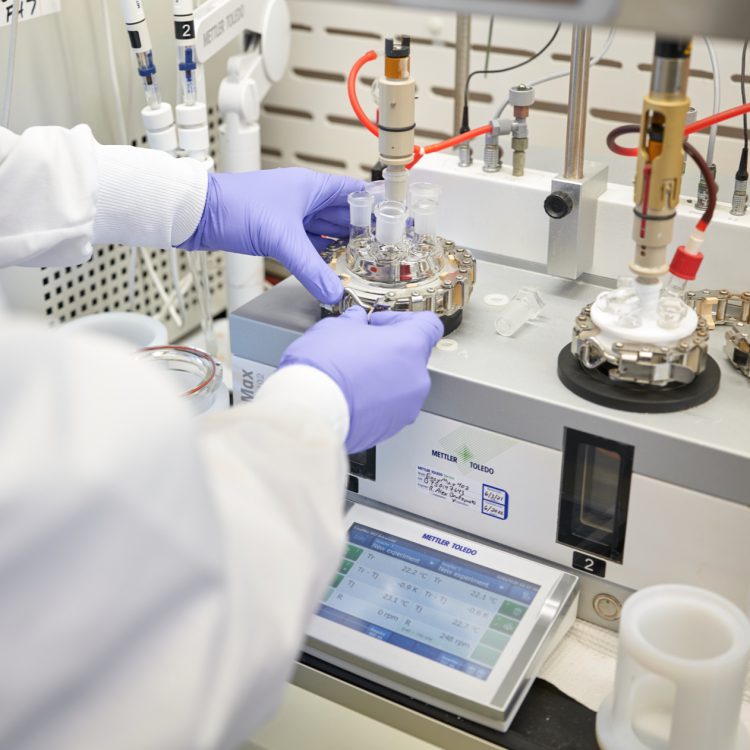
 Your Privacy Choices
Your Privacy Choices